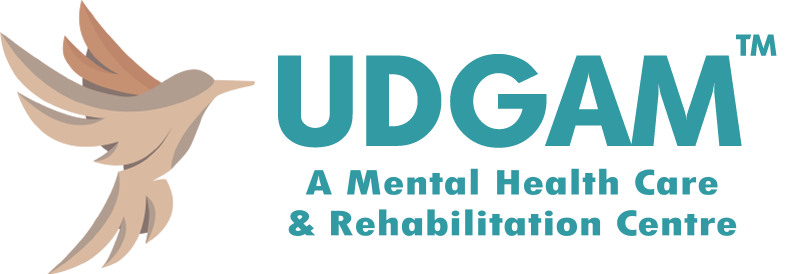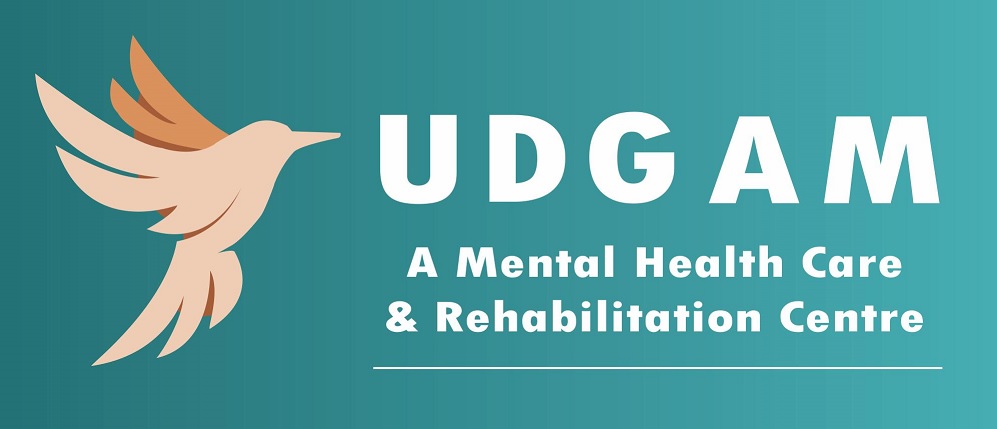Know Your Problem
ANXIETY
Anxiety disorder can be defined as excessive worry or apprehension towards a topic, person, situation, or object.
The uncontrollable worry should last up to 6 months to be diagnosed as a disorder.
The symptoms of this can be restlessness, feeling on edge, easily fatigued, irritability, lack of focus, or difficulty in falling or staying asleep, poor diet, or social interactions.
DEPRESSION
Depression is defined as having a persistent mood of sadness, hopelessness, worthlessness, loss of interest, or reduced pleasure in activities for over two weeks, after a diagnosis.
The symptoms can extend to disturbed eating or sleeping patterns, fatigue, slowing down of movements, and reduced ability to think or be spontaneous. Individuals may also engage in suicidal ideation or suicidal attempt.
OCD
OCD is a disorder of obsession with thought and compulsion of an action.
Obsession here refers to repetitive, uncontrollable, and intrusive thoughts, or images, regarding an event, action, or object.
Compulsion refers to an action that a person will undertake in order to reduce the anxiety apprehension or fear created by the obsessive thought.
A person in order to reduce anxiety or fear caused by a repetitive thought will perform an activity, but most of the time, these activities are harmful or have a very temporary effect.
It takes up a lot of time in the day for that person to undertake these activities and causes problems in day-to-day living.
BIPOLAR AFFECTIVE DISORDER
The bipolar affective disorder is a complex mood disorder that is defined by the highs and lows in the mood of an individual.
It ranges from depressive to manic episodes. The episodes may appear a few or multiple times a year.
The symptoms will range from feeling worthless and hopeless, lack of interest in things, and social withdrawal, to grandiose ideas, restlessness, hyperactivity, etc.
This emotional instability can cause problems in relationships, self-awareness, and work-life.
Extremely depressed patients show a lack of willpower, whereas manic patients can show aggression and impulsivity.
ADDICTION
Addiction is a spectrum of disorders that range in intensity and type.
Starting from the use of the substance to the withdrawal stage, every addictive substance category can fit in.
The most popular diagnoses of addiction disorders have alcohol, opioids, sedatives tobacco, stimulants, and sedatives as sources.
The disorder can be diagnosed from when the individuals start using it excessively, to being dependent, till its withdrawal state.
The types of addictions include alcohol, drugs, opioids, cannabis, inhalants, tobacco, etc.
DISSOCIATIVE DISORDERS
The highlighted feature of dissociative disorder is a lack of connectivity with reality.
People find themselves disconnected from the present time or their sense of self or a particular memory.
This escape from reality is done to avoid the anxiety-causing stimulus.
It is an involuntary action and an unhealthy way of coping to reduce anxiety.
It is commonly a result of a traumatic event, and symptoms get highlighted when an individual is under stress.
The symptoms are
Unclear self-image
Disconnect from the present time
An elevated sense of anxiety
Disruption in work/life
Detachment from emotions
Types
Dissociative Identity Disorder
Dissociative Amnesia
Depersonalization/Derealization Disorder
AUTISM SPECTRUM DISORER
It is a neurodevelopmental disorder that affects communication, and social relationships.
There is also a tendency to repeat movements, behavior, and gestures.
It is called a spectrum because it has a different range of severity.
The symptoms can appear before one year of age.
Symptoms are
Plays alone
Poor eye contact
Delayed speech or doesn’t speak
Difficulty in following instructions
Lacks emotional awareness of self and others
Does repetitive movements, such as rocking or spinning
Shows a high level of focus on certain objects
Has fixed routine and does not like any changes to it.
ADHD
Attention deficit hyperactivity disorder is a neurodevelopmental disorder.
It is characterized by poor attention span, restlessness impulsivity, and hyperactivity.
The symptoms show before the age of 12 in children and must last for 6 months.
In adults, the symptoms may look different (more aggression and disruption in work.) but the diagnostic criterion is the same.
The symptoms are
Easily distracted and inability to filter out stimuli
Talking excessively
Leaving tasks unfinished
Forgetting things
Disruptive classroom/ group behavior
LEARNING DISORDERS/ DYSLEXIA
Specific Learning Disorders, or SLD for short, are neurodevelopmental disorders, in which certain parts of the brain, which perform motor or communication functions get affected.
This leads to problems in input processing or output of information, both verbally or non-verbally.
The symptoms are
Difficulty in following directions or remembering routines
Pronouncing words
Difficulty reading comprehension or math skills (dyscalculia)
Difficulty in reading and writing (dyslexia)
Poor handwriting (dysgraphia)
INTERNET ADDICTION
Is described as compulsive use of the internet, to gratify needs, gain comfort, or as an object of obsession.
Online gaming addiction is much related to being anxious about gaming, anxious after gaming, and preoccupied while gaming.
The anxiety is seen to remain before and after internet usage, which reinforces the idea that one should stay online in order to reduce their anxiety.
The symptoms are
Physical body pain
Feelings of guilt
happiness when using the computer
the problem in keeping schedules
social withdrawal
Poor time management
Avoiding work
Agitation, aggression
SCHIZOPHRENIA
It is a disorder that distorts a person’s sense of reality. it appears in the form of distortion of thought, perception, communication, and movement.
It affects how a person thinks, feels, or behaves.it causes severe distress and can be disabling.

